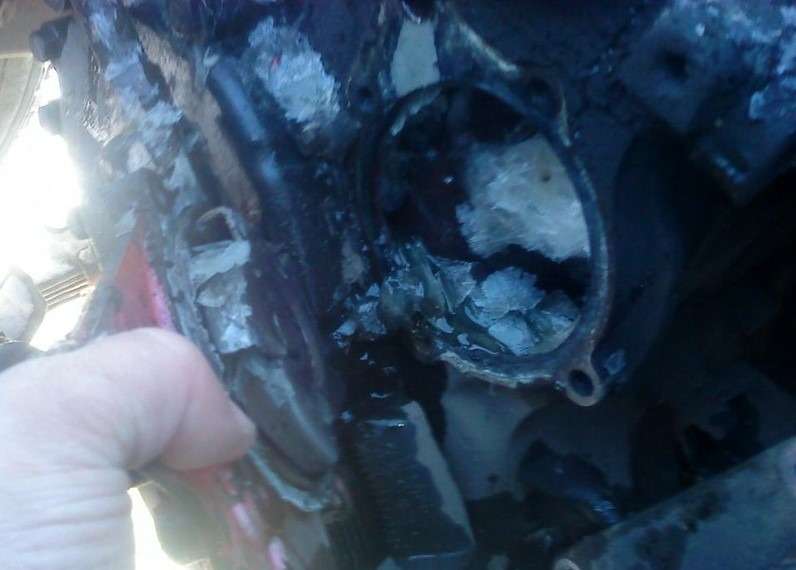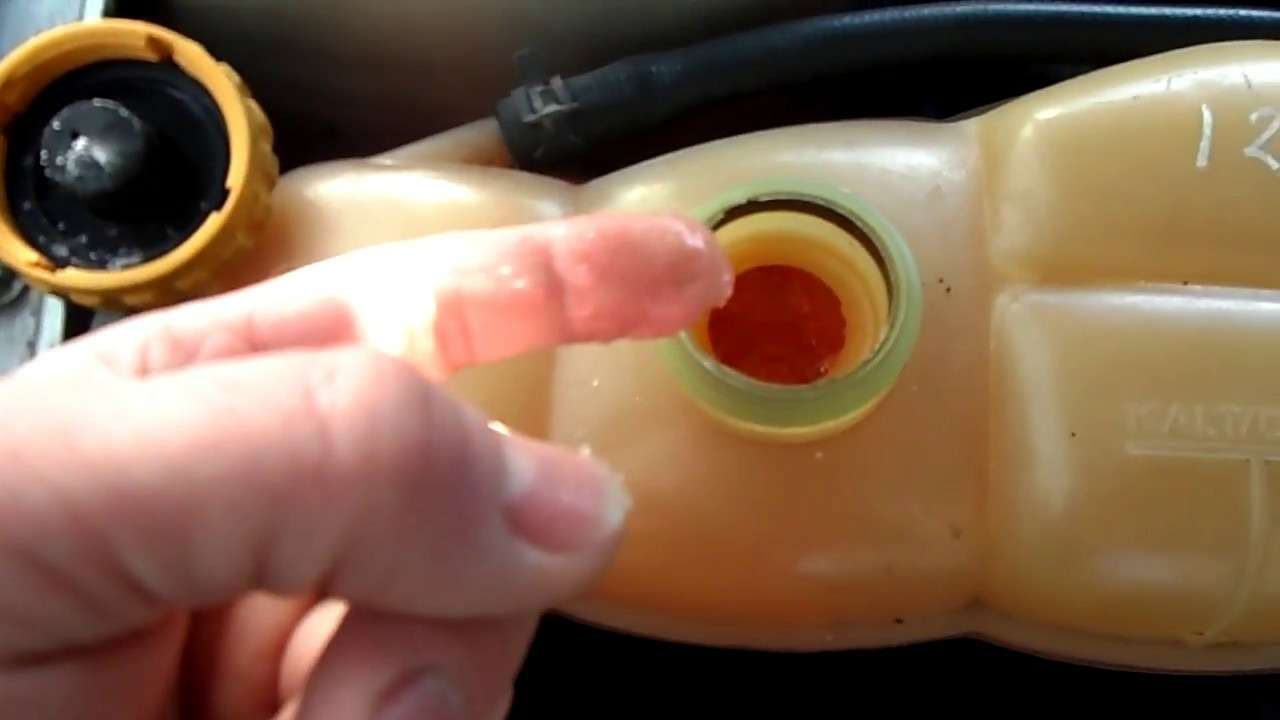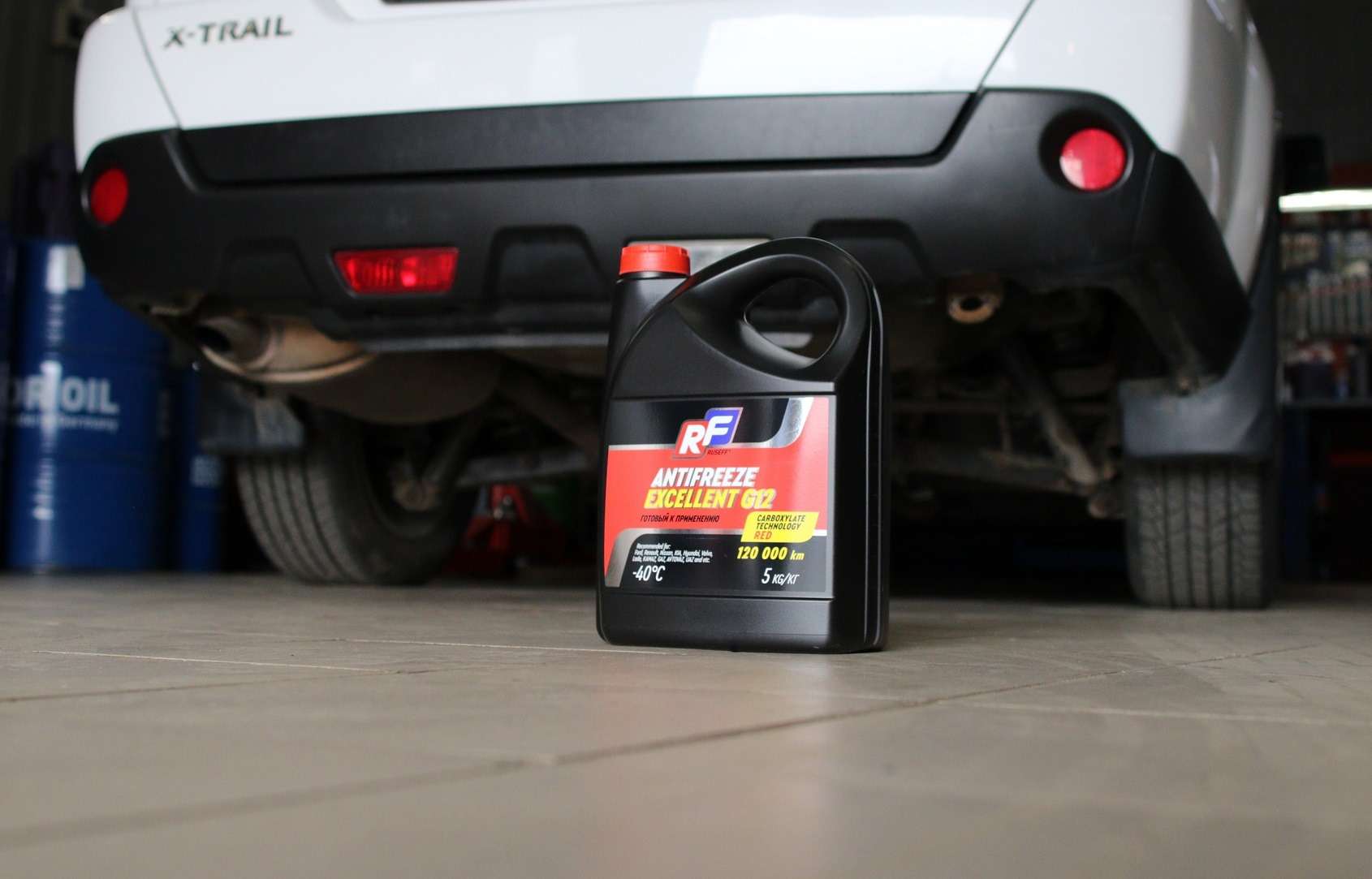But in severe frosts, flooded many years ago or substandard antifreeze can quite ruin your life – and the car will have to be taken to service with a “tie” or a tow truck. In order not to get into such a situation, antifreeze should be chosen correctly.
In fact, water is the best antifreeze. It does a great job dissipating heat and costs next to nothing. You say there can be problems in winter? Yes and no. After all, our grandfathers and great-grandfathers rode on the water during frost. And nothing. Only in the morning it was necessary to pour boiling water into the radiator, and in the evening after the flight, do not forget to drain the water – otherwise you will freeze the engine. And this procedure was strictly carried out by the drivers. Now you can’t force anyone to do it. Difficult and time consuming.
For ease of maintenance, modern antifreezes are suitable for all weather conditions. That is, they work both in the heat and in the cold, while cooling the engine equally effectively. In addition, today’s antifreezes contain a whole package of special additives, which primarily protect the components of the cooling system against corrosion and provide all the specified properties of the fluid over the entire service life. But the main job of antifreeze is to maintain fluidity (not freezing) at low temperatures. But if the temperature is below the freezing point of the antifreeze, it can freeze and turn into a thick mixture that resembles porridge.

By the way, literally from English “antifreeze” translates as “no frost”. Therefore, antifreeze includes all types of coolants that do not freeze. Antifreeze contains ethylene glycol (or propylene glycol) and water. To prevent the liquid from destroying the components of the cooling system, special additives are also included in its composition. ethylene glycol – dihydric alcohol, in its pure form, with a freezing point of about -13 ° C and a boiling point of 197 ° C. An amazing property of an aqueous solution of ethylene glycol is a lower freezing point than in its pure form. Thus, a mixture in a ratio of 1/1 has a freezing point of -38 °C. Everything seems to be in order. But there are problems with corrosion. The fact is that ethylene glycol in its pure form is more aggressive to the metal than ordinary water. Therefore, the solution must be added additives are corrosion inhibitors. There are several technologies for the production of antifreeze, which differ exactly in the added anticorrosion additives.
But what if the antifreeze is frozen? Then out. Ice cubes or clumps of a mushy mixture are formed in the cooling system. The engine starts working in a small circle of cooling and quickly overheats, threatening to deform the cylinder head and BCD itself. In this case, the water pump could fail and if it stalls, the drive belt or timing belt will break. In any case, it will generally be necessary to prepare for an expensive engine repair. Besides, “pieces of iron” – this is not so bad. If a disturbance occurs somewhere far from civilization, the situation can threaten with very serious consequences.

This is usually done by low-quality antifreeze, the actual freezing point of which is higher than on the label. In general, antifreeze is factory designed for use down to -40ͦC. Manufacturers simply save money by not maintaining the specified parameters of the composition. It often happens that they fall on the “left” antifreeze. For such drugs, the freezing point can be even at the level of minus 10 degrees Celsius and even more. To avoid this shame, you should choose a proven and high-quality product, systematically check the condition of the liquid and make sure only the original brand is filled.
But how do you find an original quality product? There are many counterfeits on the market that are simply indistinguishable from the real thing. At the same time, keep in mind that products from world famous brands are increasingly copied, the price of which is initially quite high. Based on the foregoing, we advise you to pay attention to the company’s products RUSEFF. The choice of antifreezes here is so wide that there is not enough time or space to describe each product. The product you need will be found by both the owner of the domestic Zhiguli or West, and the user of expensive foreign cars. At the same time, the owners of trucks and buses are not forgotten.
And of course the most popular antifreeze is the G series.
red antifreeze RUSFF EXCELLENT G12 – no concentrate, but a ready-to-use all-weather coolant with organic corrosion inhibitors based on carboxylates. You don’t have to calculate the proportions, you can fill them in.
A balanced package of additives provides maximum protection against corrosion of all components of the system, extends the life of the motor, pump, rubber seals. Protects against freezing, overheating, boiling and air bubbles. Supports extended life up to 3 years (or 120,000 km).
During the tests, it showed high stability of operational properties, has a longer service life – up to 120,000 km. Can withstand frost up to 40 degrees.
EXCELLENT G12 RUSEFF antifreeze has approvals and complies with ASTM D3306, GOST 33591, AvtoVAZ, KAMAZ, LiAZ, GAZ, UFZ, ZMZ, MAZ, MMZ, NEFAZ, PAZ, YaMZ.
Purple antifreeze RUSFF EXCELLENT G12++ It is a universal all-weather coolant with organic corrosion inhibitors combined with silicate additives for high performance, engine and cooling system protection. Antifreeze contains a functional package of Belgian ARTECO additives.
Provides cooling and antifreeze protection for combustion engines in the temperature range of -40°C to +126°C when the engine is boiling and is perfect for use in both the hot southern and harsh northern regions of Russia. Longer service life – up to 250,000 kilometers.
RUSEFF EXCELLENT antifreeze, which has all the required features, contains a fluorescent pigment that glows in ultraviolet light, making it easier to find antifreeze leaks, and a yellow dye that resists UV and temperature, making it easier to visually check the liquid level. check in the expansion vessel.
RUSEFF G-Series antifreezes are compatible and can be mixed without restrictions with all G11, G12, G12+ and G13 antifreezes. They can be used for topping up even if the class of antifreeze used in the system is unknown.
It is very important to maintain the engine operating temperature. An unheated engine will not reveal all the properties of the oil, leading to premature wear. Overheating, in turn, can lead to mechanical damage to the engine.
The correct choice of antifreeze provides timely access to the operating temperature of the engine.
Most owners have no idea what kind of fluid is poured into their car’s cooling system. The engine works, there are no problems, and that’s fine.






